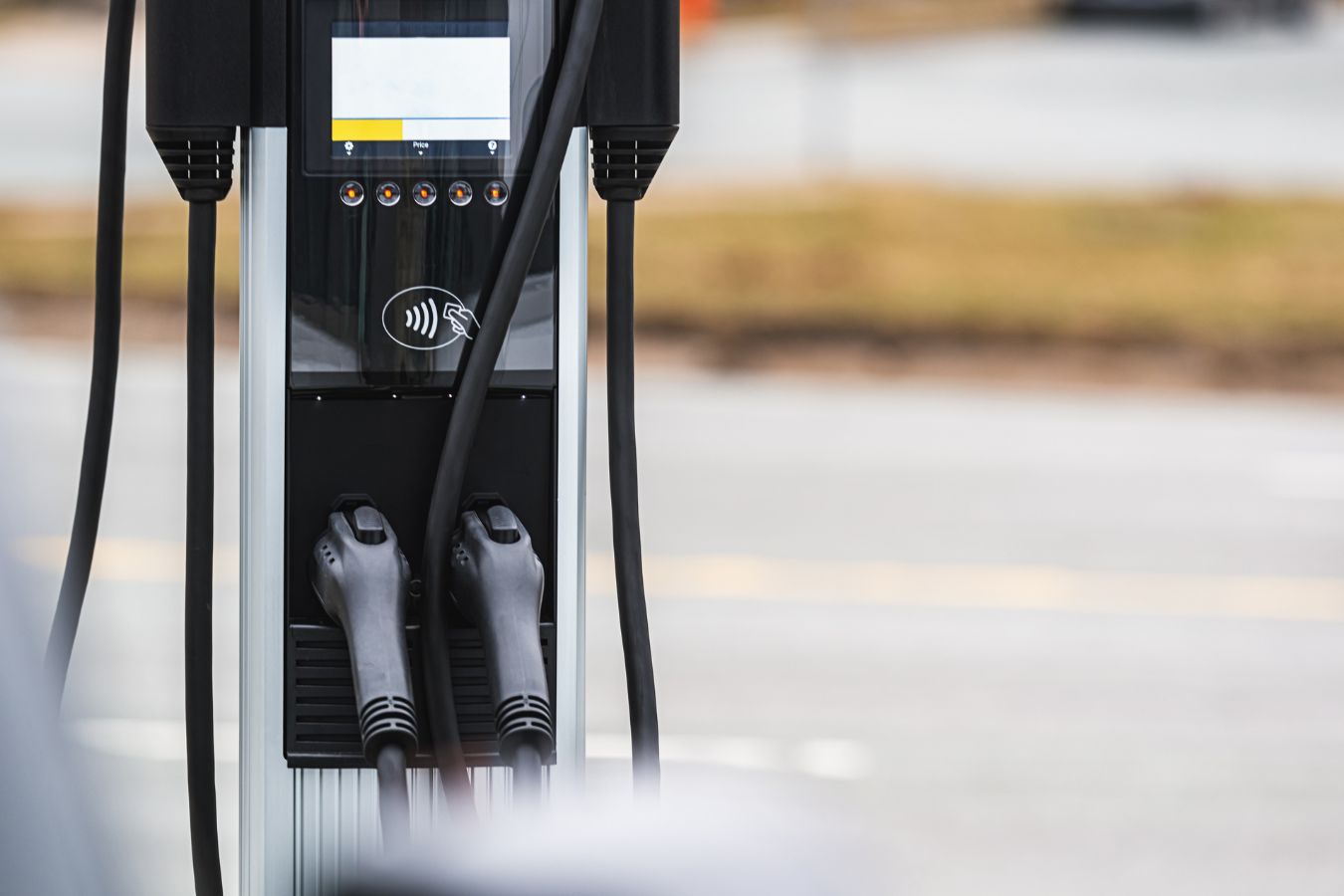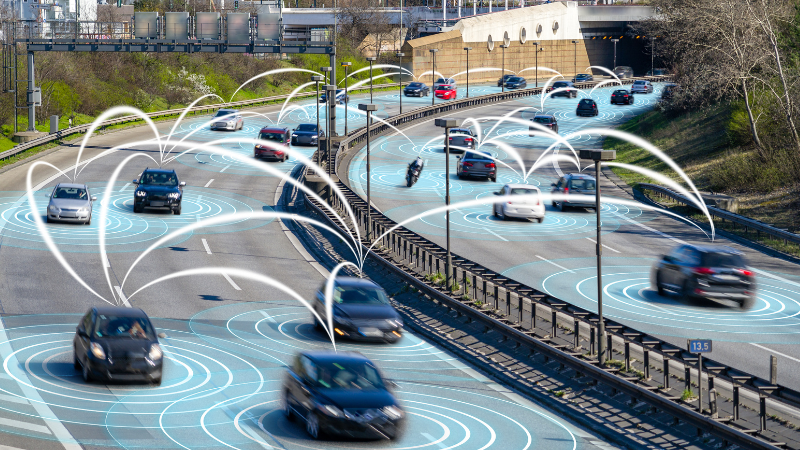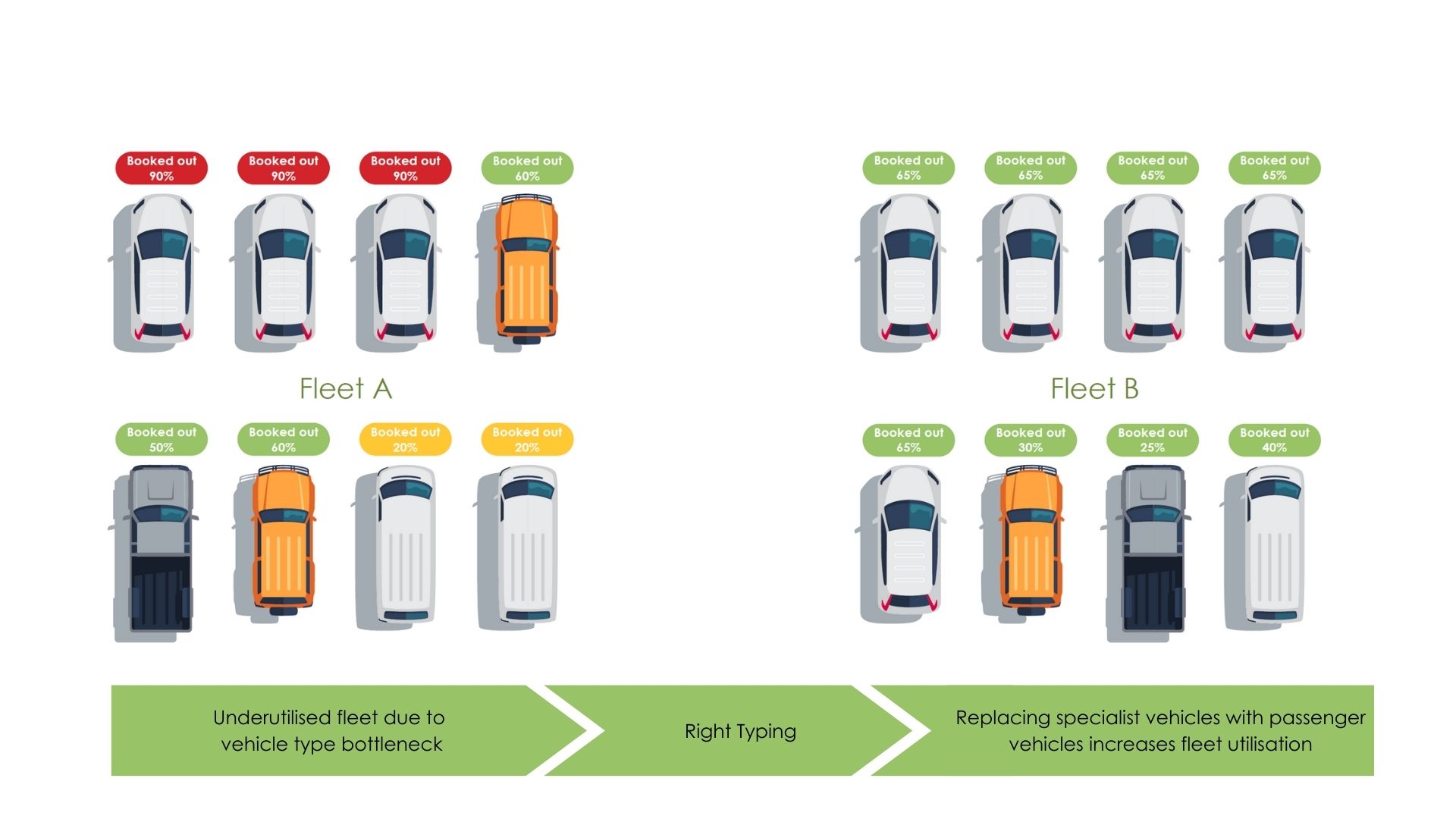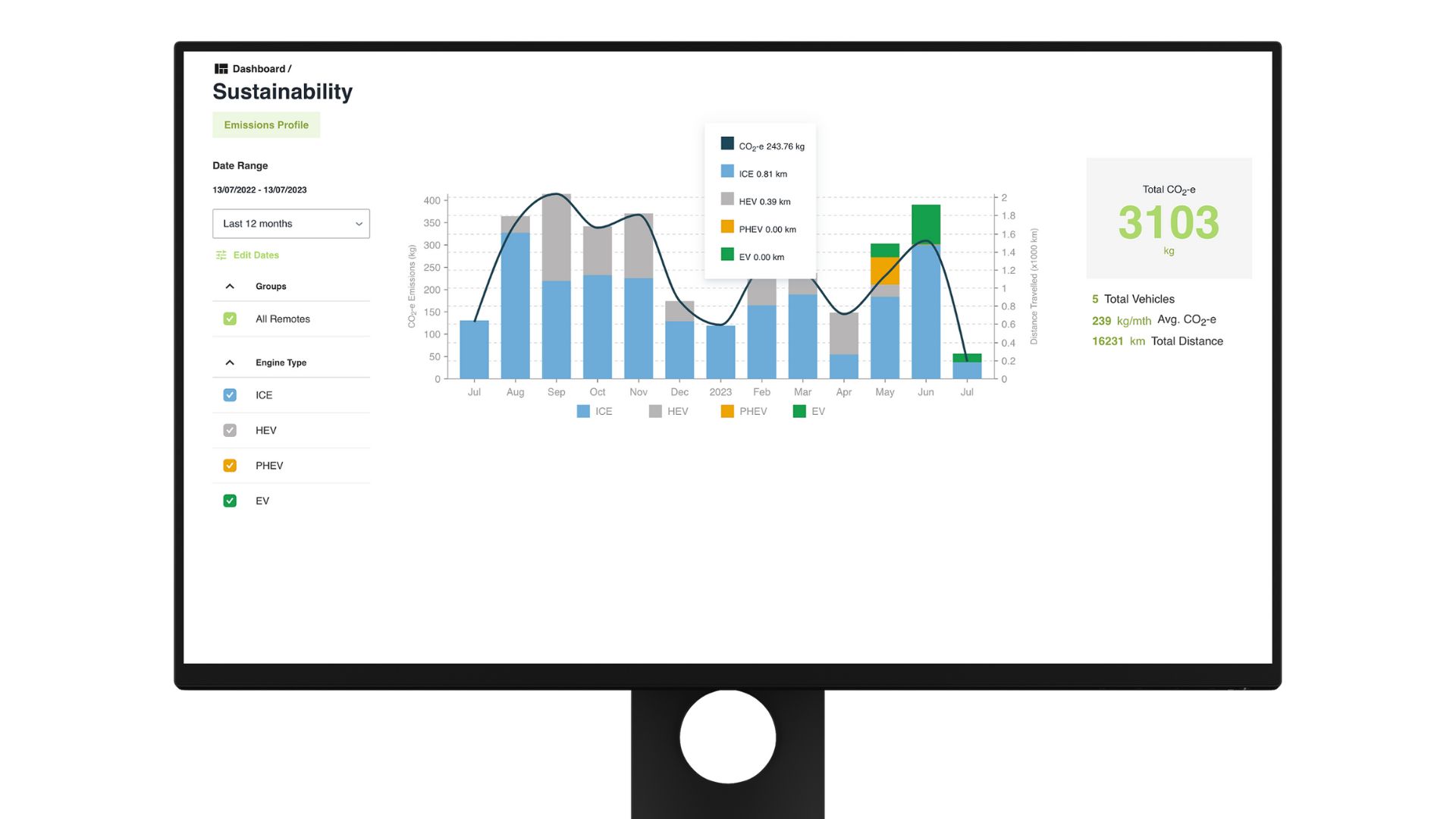Key Components of an effective eV fleet management strategy
EV fleet management doesn’t have to be complex; with the right EV management strategy you will be able to integrate EVs into your fleet and maximise their utilisation with no extra admin burden. To get you started, we’ve drawn on the experiences of fleets that have made EV adoption a key operational goal and succeeded. They have recognised the opportunity and utilised the available technology to reduce emissions and operating costs.
Stage one: Planning
Before you can pull the trigger and place the order for those shiny new EVs, it’s important to take the necessary time to plan and assess exactly what the current and future needs of your fleet are going to be. Laying the groundwork now will pay dividends down the road. Not only will it give you the information necessary to assess the return on your new fleet investments, but also that you’ve taken into account any costs associated with adopting EVs such as the purchase price, how they fit in with leasing, and installing chargers at your premises.
Assess your current fleet composition
If you have telematics deployed with your fleet, you will be in a good position to accurately assess EV fleet management suitability. Organisations are often surprised to discover just how many fleet roles are suitable for EVs once they look at actual trip data. The common misconception that range is going to be a limiting factor is nearly always debunked when use cases are measured against the impressive ranges available with modern EVs.
Aside from range, vehicle type and operational requirements may rule out EVs for some roles. Specialist vehicles with power take-off or towing capabilities are potential examples of this. However, don’t fall into the trap of assuming that anecdotal evidence of 4WD capability being necessary is accurate. Once again, let the actual trip data be your guide; there are lots of utes and 4Wds running around town that never leave the tarmac.
Set clear goals and targets for electrification
If you’re serious about making the switch to electric vehicles, you need to lay out your strategy for EV fleet management so other departments can get on board too. An element of this should involve mapping out where you want to take the fleet and why.

Evaluate your charging requirements
Charging infrastructure is an essential component of any EV fleet management strategy.
Some organisations elect to go for a 1:1 charging ratio. This ensures that every vehicle has its charging bay and theoretically will always be plugged in when not in use. This ensures that Fleet Managers can keep tabs on each vehicle’s range and charge status via connected smart charging infrastructure.
Other fleets opt for smaller charging ratios, such as 1:2, 1:3, or even 1:4 chargers to vehicles. This is a much more cost-effective option, but it does mean that there will be greater pressure on Fleet Managers to juggle the logistics of swapping vehicles in and out of charging bays.
Last year we held round table discussions with several organisations in New Zealand and Australia about their EV transition, and most had learned that a 1:4 ratio was a happy medium between installation costs and fleet management.
For ratios higher than 1:1 you could consider deploying technology that can provide critical EV data remotely. This will tell you what the battery charge is for each EV in the fleet, the range available with that charge, and whether an EV is currently plugged into a charger. With this visibility, you can prioritise EVs with low battery levels for a charger and leave those with adequate charge till later. This is also valuable for end-users that want to know not only that the vehicle they’re going to drive has the theoretical range for their trip, but that it has sufficient charge to do the trip when they need it.
It’s also worth considering that modern EVs have impressive range capabilities, rendering it highly unlikely they will need charging every day. One Smartrak customer discovered that a single charge was sufficient for practically all EVs in the fleet to carry out a whole week of duties.
On-site Charging
Previous experience with installing EV chargers in the workplace highlights how the process is not necessarily straightforward. The cost difference can run into thousands of dollars.
Several factors can impact the cost and complexity of installing EV chargers in the workplace, with single-phase or three-phase power, exceeding the power supply to your premises, and charger security being the most prevalent.
Single and three-phase power
Most workplaces will only have single-phase power, which limits you to a charger requiring up to eight hours to bring a battery up to full charge (dependent on the battery capacity, of course). Although actual fleet experience indicates that two to four hours is normally enough to top up a battery during most use cases.
If you have, or can bring, three-phase power onto your site there’s also the option of 22kw fast charging which will
bring an EV battery up to ‘full’ in 1-2 hours. Three-phase power can be run into most buildings, but either way, you are going to need the services of an electrician to install the chargers and an ok from your landlord.
Exceeding the power supply to your premises
The amount of power going into a site is finite. The capacity of the power board and the power requirements of other businesses on your site are all factors that will govern the ability and cost of installing those fast chargers in the car park. Find out about these requirements before you go too far.
Security
If you share a car park, it’s worth considering how you’ll control who has access to your chargers. RFID card authorisations are available with commercially available chargers and there are several locking solutions to stop people simply taking the charging lead or charging their EVs for free.
Locating chargers
Ensure chargers are positioned so at least two EVs can access each charger. This will speed up swap-overs and remove the need to physically move an EV to free up the charger for other vehicles. Also, consider demarcating EV charging points so conventional vehicles don’t occupy these spots. (image to support this point)
Telematics and fleet tracking
Fleet tracking is an invaluable tool to uncover hidden insights about your fleet and is essential if your EV adoption goals extend beyond having one or two token EVs. Nick Robilliard of
Meridian Energy says: “Data is the enabler,” and he has first-hand knowledge of data’s power to generate real change. When Meridian Energy first looked at transitioning their white fleet to electric the anecdotal evidence about the range requirements for vehicles suggested that 60-70% of the fleet could successfully transition to EV. However, the data painted a different picture of actual journey distances and
now Meridian’s white fleet is entirely electric.
Using GPS tracking for utilisation insights
There are many ways organisations can track fleet utilisation. You could simply rely on seeing which vehicles are absent from the car park or use paper-based logs to track vehicle use. With a small fleet either of these could suffice for a base-level understanding, but to gain in-depth knowledge or to accurately understand the utilisation of a large fleet, you’re going to need telematics.

The insights gained through telematics support three important aspects in the formation of an EV fleet management strategy. As discussed, telematics is going to provide a clear understanding of the potential for EV adoption; it will also highlight whether there’s waste that can be reduced by correctly sizing your fleet to operational requirements and whether you have the right vehicle mix.
Ensuring your fleet is the right size and has the right vehicles for your fleet’s operational profile is important to your goals for EV adoption in two ways: a more efficient fleet saves money that can then be reinvested back into the fleet, helping to offset your EV purchases. A more efficient fleet is also going to burn less fuel to do its required tasks which will also help in reducing emissions.
Using data to right-size your fleet
This is one of the most important activities you should be undertaking as part of any fleet strategy. Using data to understand if your fleet is the correct size (often called right-sizing), can be an eye-opening and rewarding experience for Fleet Mangers. This is because the acquisition, maintenance, and disposal of fleet assets is an expensive process, and without data, you’re having to rely on intuition and anecdotal evidence to guide the process.
Telematics brings clarity to your assessment of whether you have the right number of vehicles in several ways. It could be that you’re holding on to underutilised vehicles to meet occasions of peak demand. Telematics will highlight the reasons behind these periods and provide insights that help to suppress peak demand. If peak demand for cars occurs between 10 am and 2 pm, Tuesday to Thursday (because that’s when client visits predominantly occur) consider running teams as business units/profit centres with lower rates on Mondays and Fridays. As a more positive reinforcement of behaviour, look at a competition to make bookings out of peak time and give prizes to the team that achieves the best track record. Both of these could drive behavioural change.
Telematics will also indicate where vehicles are being used for very short trips and where alternative modes of transport would be better, such as an Uber or even taking an eBike. Offering alternatives to using a pool car and questioning whether a trip is even necessary and suggesting a virtual meeting instead will all help to reduce demand on your fleet.
Using data to right type your fleet
There are legitimate reasons why you may need to include 4WDs as part of your fleet. But without hard data, it’s impossible to say with confidence that those specialist vehicles are being used for their intended purpose. Telematics can shed light on if this is the case; simply by analysing a vehicle’s historical trip data, you will be able to quantify what percentage of trips were done off-road. If the number is lower than you realised, there could be an opportunity to replace that high-emission 4WD with a more sustainable EV.
The process of assessing and adjusting the makeup of your fleet against the actual trip data is what we refer to as right typing (or right shaping). It ensures that you have the right vehicles for the job without overcommitting to vehicles like 4WDs or SUVs that are costly to acquire and expensive to maintain and run.

Remember to include your people in your plans
Including the users of vehicles should be an integral part of your EV fleet management strategy. Find out who takes vehicles home at the end of the day and consider what your approach to charging at home is going to be. And try to address any EV resistance due to range concerns by sharing the data to prove an EV is up to the task.
Developing a budget
Aside from purchasing your EVs you should also factor in possible investments in technology to ensure a successful EV fleet management strategy. As has been demonstrated so far, (and will continue to be evident in the next stage) having comprehensive operational visibility of EVs (battery data and utilisation) is pivotal maximising their utilisation.
A conventional and EV telematics solution
This ensures visibility of EV battery data to maximise EV utilisation. This solution also supports the charger strategy by notifying when an EV is on a charger and its current battery level. With this knowledge, managers/employees can rotate out EVs to maximise charger utilisation.
Making fleet EVs more accessible and easier to share.
A pool vehicle booking solution that will actively promote and support EV use should be integrated with the telematics solution so it can provide EV battery data directly into the booking process. A vehicle booker will be able to book an EV confident it has the charge/range required to complete the trip. The solution also supports organisational goals by prioritising vehicles based on aspects such as low/zero emissions or lease health.
Snapshot of budget line items





